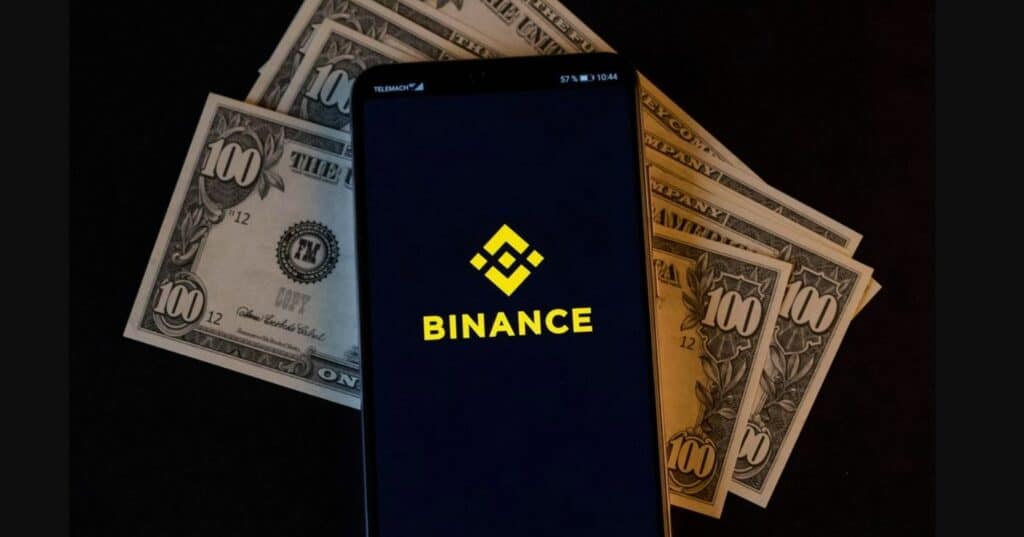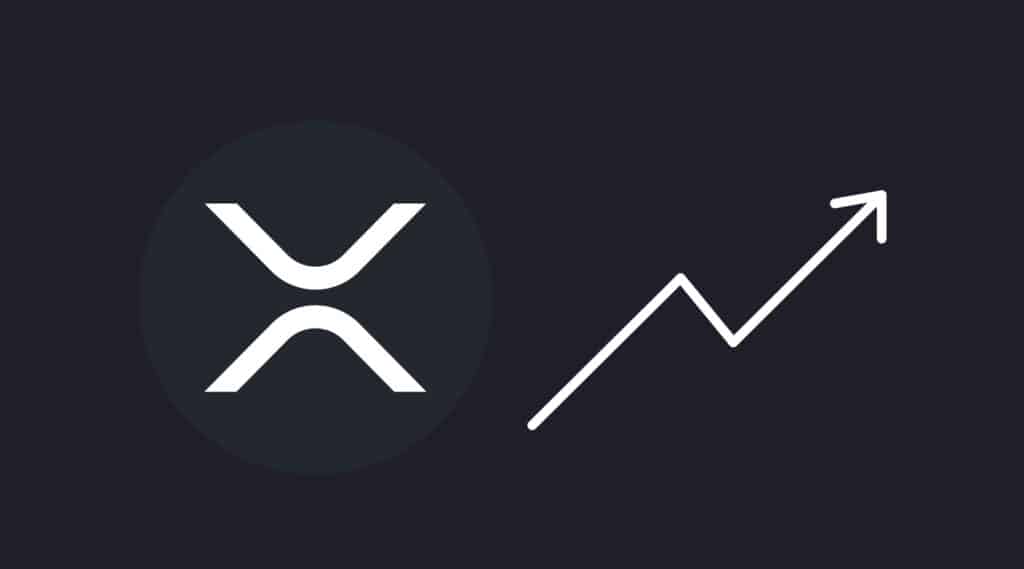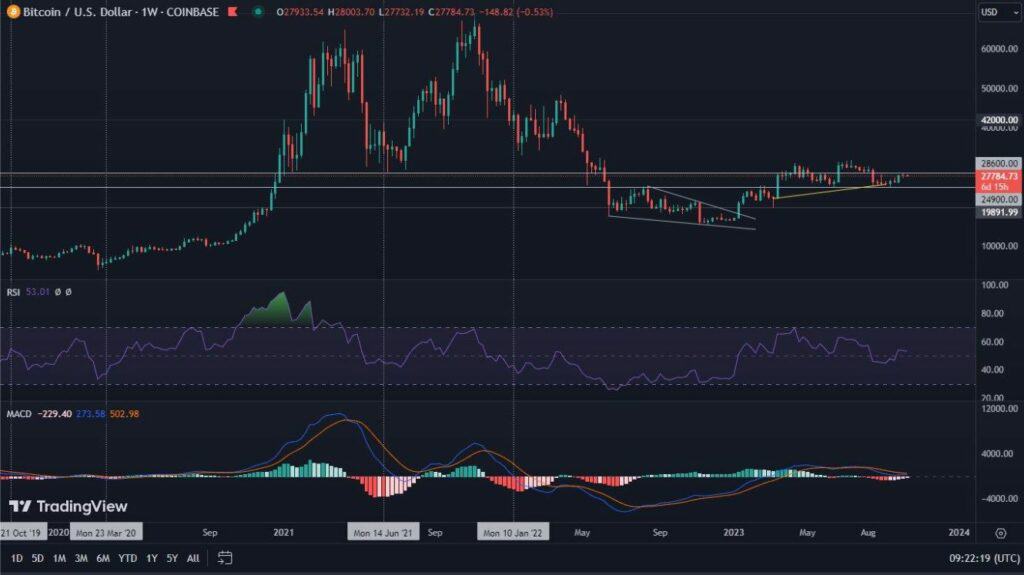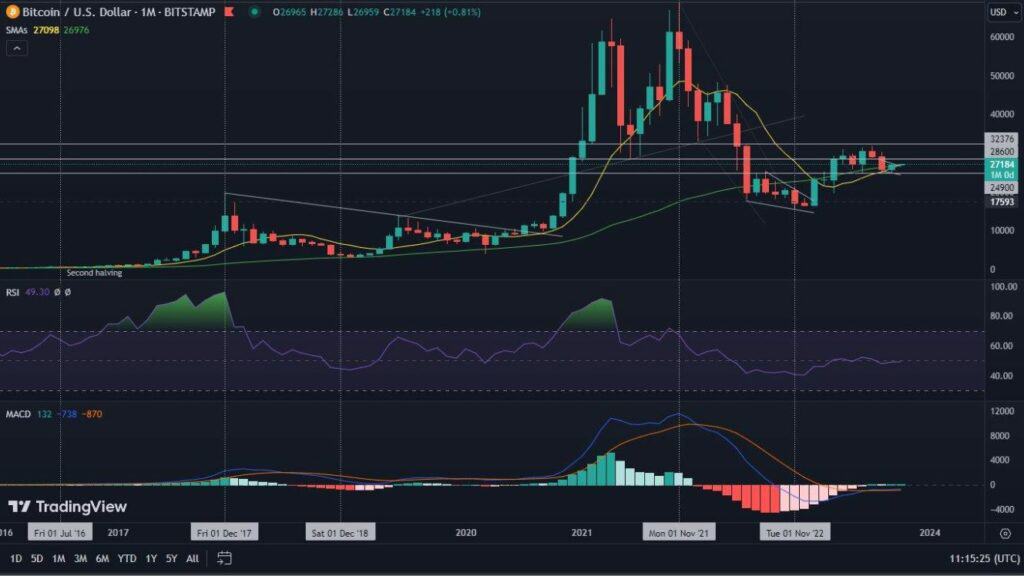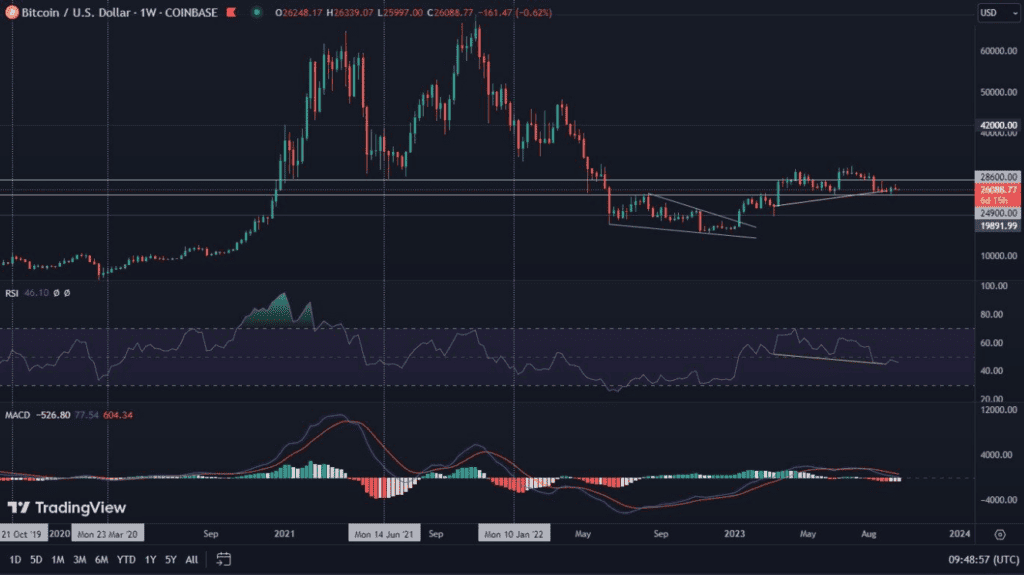This time, the object of our interest will be a project about which there was already a lot of buzz in 2017, but which hit the market floors only three years later. We are talking about Polkadot (DOT), which is quite a revolution and a new generation blockchain.
A brief history and technical aspects of Polkadot (DOT)
In the world of cryptocurrencies, we come across many blockchains that operate somewhat in isolation and without the possibility of deeper cooperation. This was a problem that Gavin Wood and Jutty Steiner, the former directors of Ethereum, decided to counter. They created Polkadot (DOT), a project that aims to connect different blockchains together and thereby improve their functioning.
Work on the creation of Polkadot began in 2016. In October 2017, the ICO project was completed, through which it managed to raise $140 million for the development of the network. On the other hand, already in November the first code of the project was published. 2018 brought two proof of concept algorithms and the first parachain. However, we still had to wait for the official launch of Polkadot. This one, after a long waiting period, finally took place in May 2020.
Technically, Polkadot is a new generation of network. The ability to support multiple blockchains is quite an innovation. This is happening due to several factors. The first is scalability and so-called sharding. It allows for efficient processing of transactions. Interoperability allows sharing information between different projects. Each parachain also has the ability to adapt it to different applications. The last element that distinguishes Polkadot from other projects is the ability to upgrade the network without the need for hard forks. This definitely contributes to the efficiency of the project.
Polkadot price development (DOT)
When Polkadot (DOT) was raising funds to build its own network during the ICO, DOT tokens were selling at an average price of $30 per unit. This is a value that DOT has not reached in a long time since then. On August 21, 2020, the denomination of the coin took place, which involved converting one DOT token into 100 new ones. Given that on that day the average DOT price hovered around $2.85, for every one token purchased during the ICO, the equivalent of $285 was received. This is undoubtedly one of the most interesting events for holders of this asset, which determined the wealth of many portfolios. Initially, however, it did not have too significant an impact on the DOT price action. Until mid-December 2020, the token was in consolidation, only to start a real price rally at the end of the month. Already on February 13, 2021, it led DOT to reach the magic price of $30. It is worth mentioning that Polkadot has received a very warm reception in the investment community, which, at the time of writing this article, makes it rank fourth in terms of total market capitalization. Polkadot thus defends its position against such projects as Cardano (ADA), XRP, or Binance Coin (BNB).
Opportunities of Polkadot (DOT)
Looking at blockchain as a puzzle, it seems that Polkadot (DOT), was a kind of missing puzzle here. Connecting chains that have not been connected together before is groundbreaking, which translates directly into interest from investors. This in turn pushes the Polkadot project high in the rankings. We’re curious to see if the DOT token has enough strength in it to stay at these heights for the long term.




